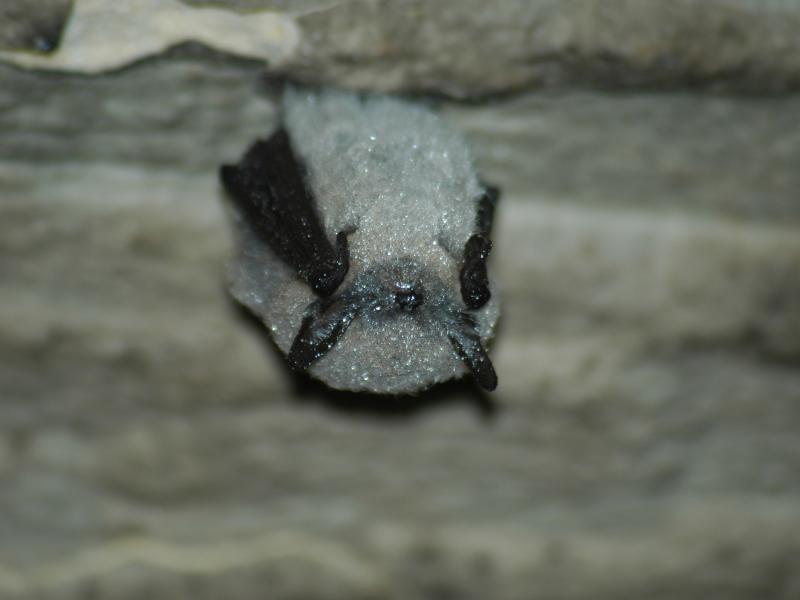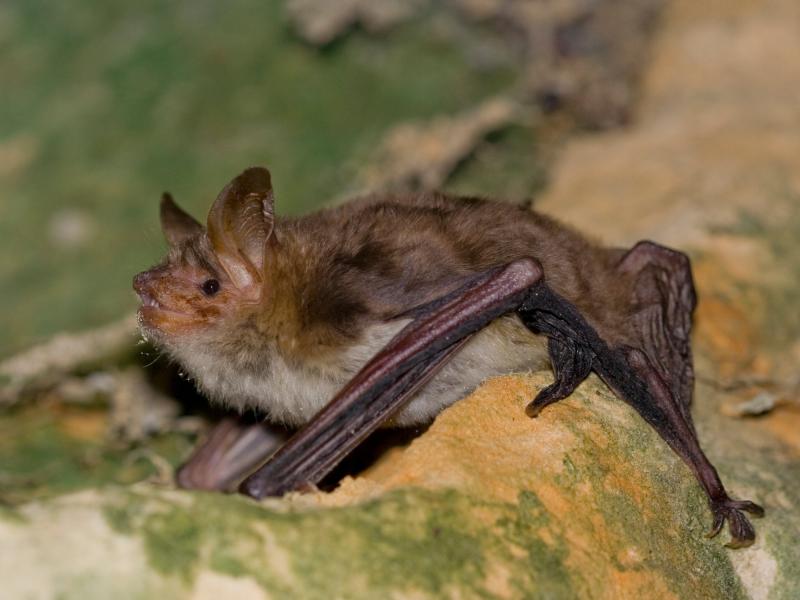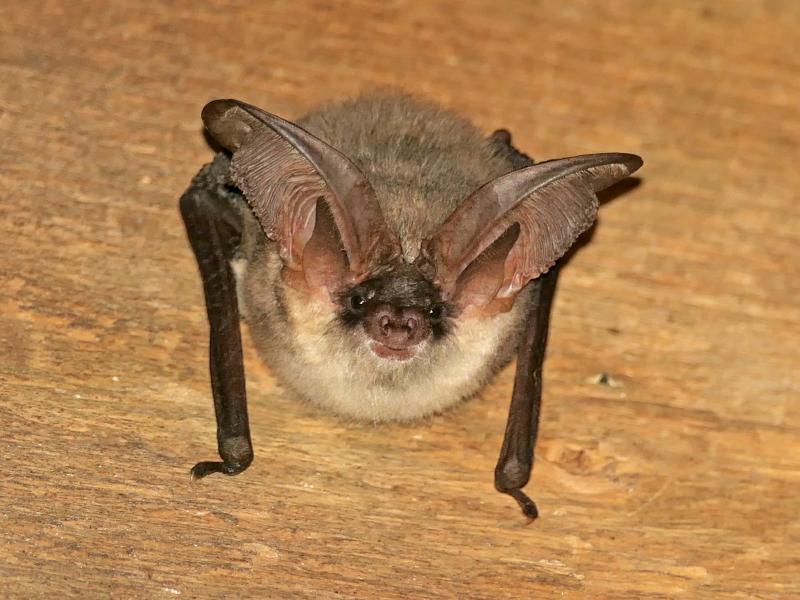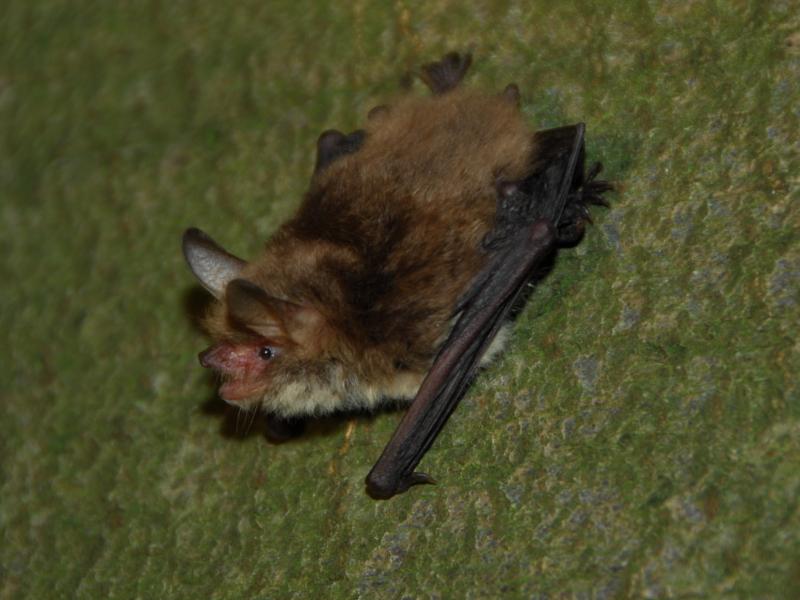The monitoring of hibernating bats in marl quarries in the period 1979–2020

Abstract: This paper describes the trend of bats hibernating in marl quarries in the south of Limburg, the Netherlands, since 1986 and puts it into perspective by comparing it with the trend between 1940 and 1980, as described earlier by Daan (1980). There was a general decline in bat numbers during the earlier period, which came to a halt around 1975-1980. Since 1980, the numbers of almost all bat species in marl quarries have increased. Two species (pond bat, Myotis dasycneme and whiskered bat, M. mystacinus/brandtii) are seen today in about the same numbers as around 1940-1950. The numbers of two other species (Geoffroy’s bat, M. emarginatus and Natterer’s bat, M. nattereri) now far exceed that level. Some species: the greater mouse-eared bat (M. myotis), brown longeared bat (Plecotus auritus) and lesser horseshoe bat (Rhinolophus hipposideros) have not yet recovered to their former numbers. The greater mouse-eared bat is showing a positive trend, but has not yet reached its 1940 level. The brown long-eared bat also shows a positive trend, but remains at a lower level than in the period 1940-50. This may be related to the milder winters, which makes it possible for this species to hibernate outside quarries, for example in trees. The lesser horseshoe bat has not recovered after 1980 and is no longer found in the province of Limburg, and even in the Netherlands. Daubenton’s bat (M. daubentonii) was the only species to show a positive trend between 1950 and 1980 but since around 1990 it is now (after an initially continuing positive trend) the only species that is in decline. It is possible that this decline is related to the developments in the quality of the surface waters and thus of the insects present. The protection of marl quarries as hibernacula for bats has received considerable policy and financial support since the 1990s, with the introduction and implementation of the Natura 2000 policy. This paper describes these developments, the current state of affairs with regards to policy and what we can glean of their effects. It is important to continue the current (relative) method of volunteers counting hibernating bats for as long as possible. For some years it has not been possible to enter a number of quarries for safety (and legal) reasons. In order to maintain the representativeness of the monitoring network, it is necessary to increase the number of sites counted, which, if these sites cannot be stabilised (and counted again) can also be done using alternative counting methods.










